What is the best carpet for stairs? Step up in style
Keen to ensure you fit the best carpet for stairs in your home? We take a look at which materials and designs offer the most benefits in terms of style and durability
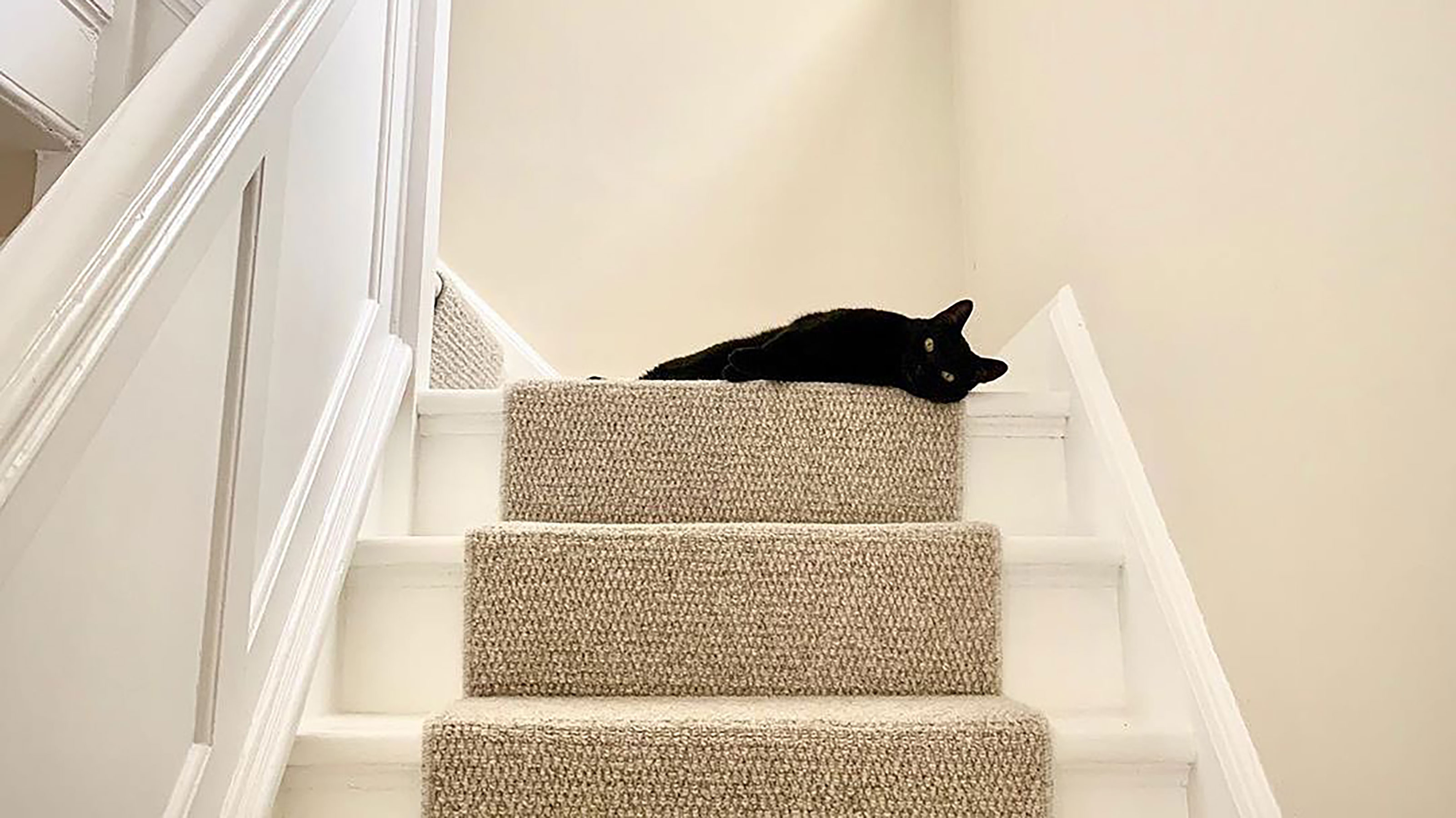
Just what is the best carpet for stairs? As a high traffic area of the home, as well as being one that is potentially hazardous, the types of carpet you consider to cover your staircase need to be chosen with great care.
Not all carpets are created equal and not all are suitable for use on staircases. Of course, there is also no reason why you have to select carpet as your chosen stair covering — it may well be that you decide upon an alternative type of flooring.
Here, we take a look at the very best carpets for this area within the home, those that offer durability, low-maintenance and are non-slip.
What should I look for in the best carpet for stairs?
There are certain qualities that you need to insist upon when it comes to choosing carpet for your carefully considered staircase design.
"Carpet covering the stairs needs to be able to withstand daily activity, this being one of the most high-traffic areas of the home," says Sarah Jenkinson, Kingsmead product manager. "Homeowners will need a hardwearing carpet that is resistant to wear and has a long lifespan — one that will look as fresh as the day it was laid for years to come."
"Hallways, landings and stairs are some of the most used areas of our homes, with the highest volume of daily traffic, and therefore require something a little more hardwearing when it comes to flooring," agrees Alexandra Hindle, marketing manager at Cormar Carpets.
When browsing the types of flooring that will be most suitable for your staircase, prioritise the following:
- Durability: The material and design needs to be able to withstand high footfall.
- Non-slip: You need something that offers good grip.
- Easy-to-clean: Stair carpet can easily become dirty so be sure your choice is easy to scrub clean.
- Good at hiding dirt: You also want to look out for a design that won't show up every spill and mark.
- Thick underlay: To avoid it sounding as though a herd of elephants is stampeding down the stairs, choose a good, sturdy underlay.
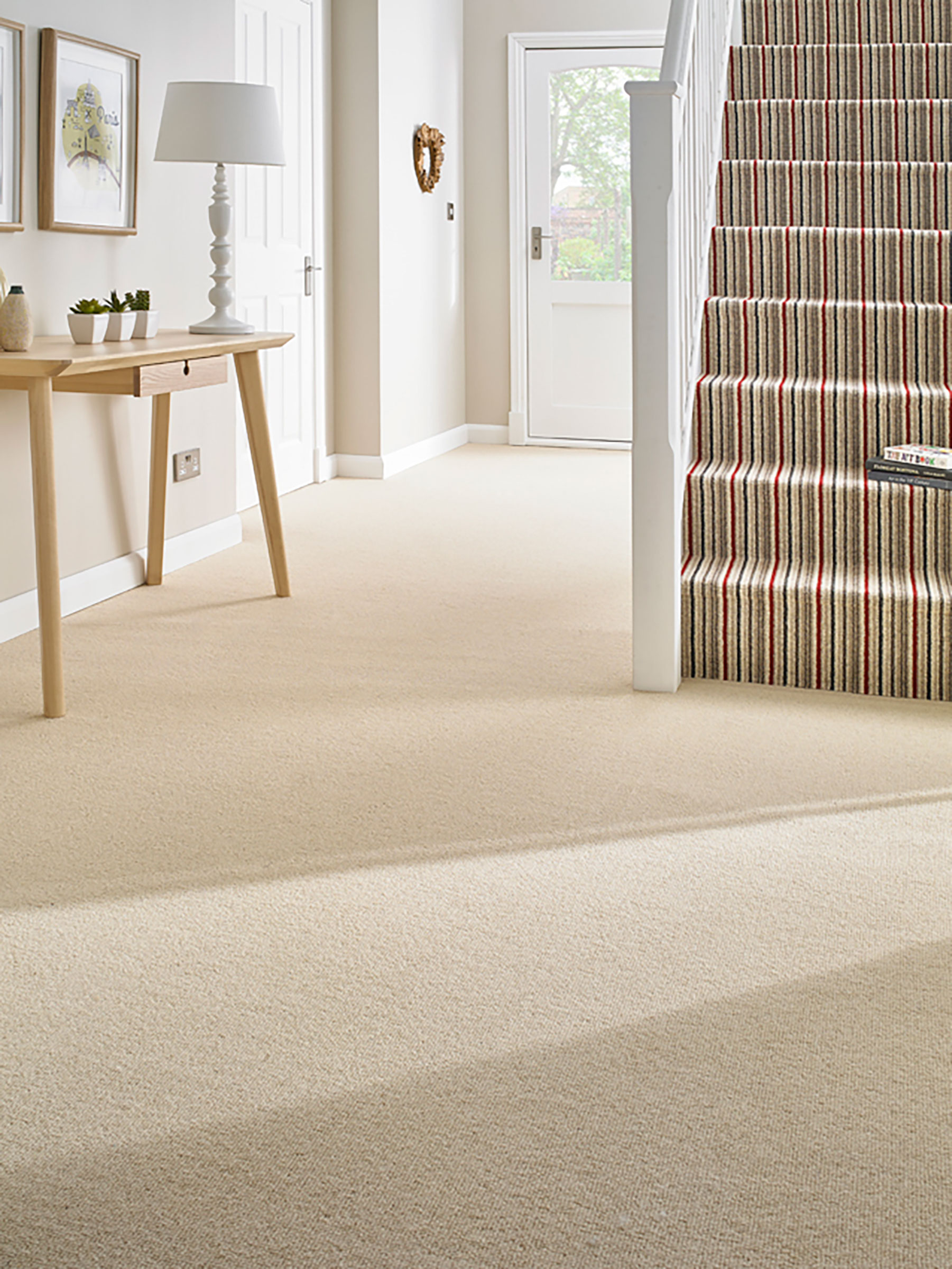
1. Consider a track resistant loop pile wool
"Choosing the right material for the space is imperative," says Sarah Jenkinson. "Carpets made from wool are naturally hardwearing because of the strength and durability of the material. The fibres of wool also repel dirt and stains — the ideal foundation to endure busy life."
"Wool carpets are a great choice for high traffic areas as they have a natural, in-built resilience in the fibres making them perfect for those after halls, stairs and landing ideas," explains Alexandra Hindle from Cormar Carpets. "A hard-wearing wool loop carpet, such as our Fairisle or Pimlico ranges, would be a great choice for your hallway or staircase with both being suitable for extra heavy domestic use."
"For stairs and hallways that get lots of traffic, a more tightly woven wool such as a boucle is preferable because it can be cleaned easily; or go for a carpet with a fleck in it, which hides a multitude of sins," advises Lorna Haigh, creative director at Alternative Flooring. "Before choosing a wool carpet for stairs, either as fully fitted carpet or as a bespoke stair runner, check the product's suitability; not all wool carpets are suitable for use on stairs."
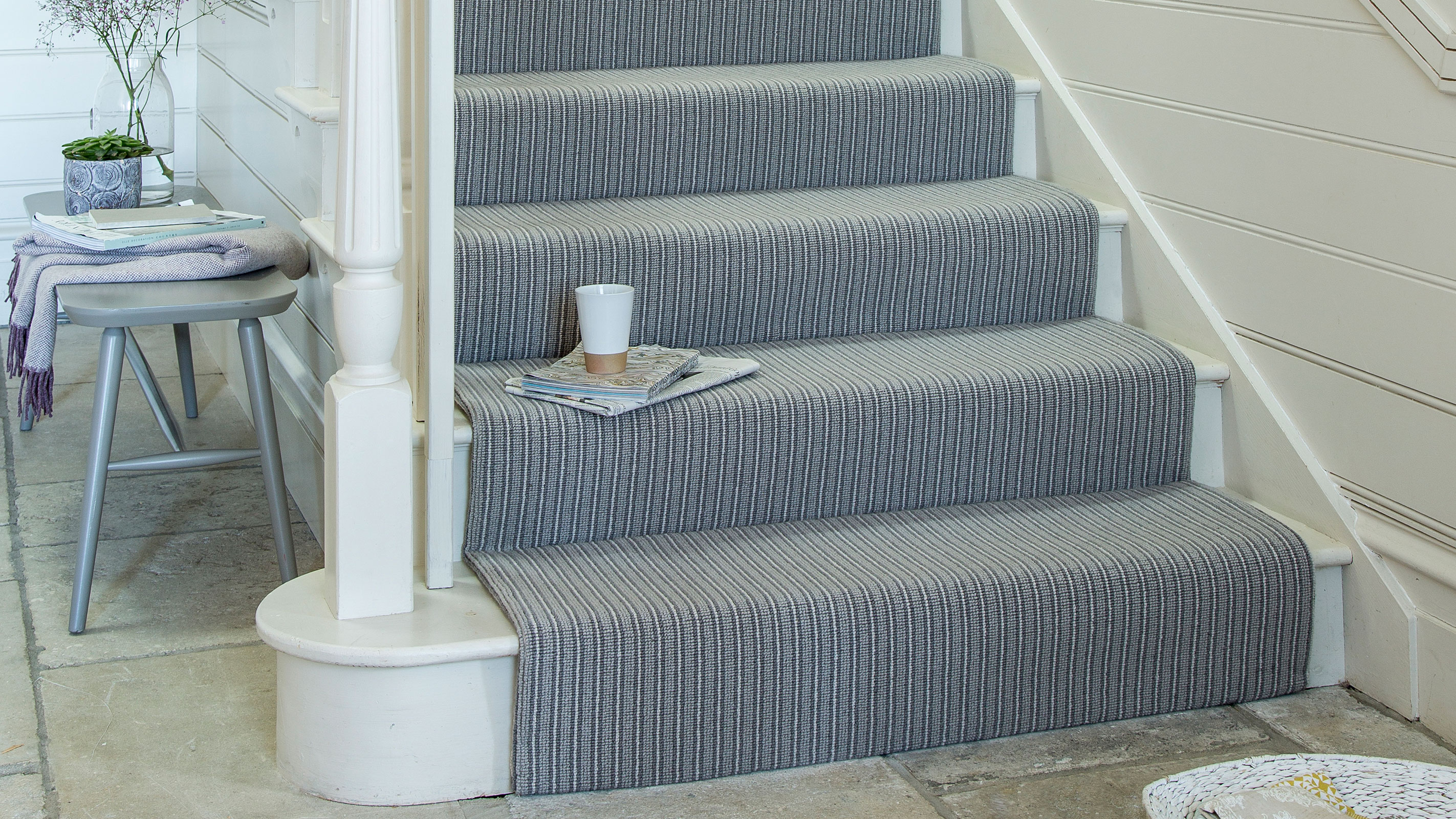
2. Select a wool blend for added durability
While wool carpets are a fantastic choice for those after a hard-wearing and pretty stain resistant material (the protective, waxy coating on the fibres makes them resistant to staining) a wool blend is a good alternative.
Wool blend carpets are also sometimes referred to as '80/20 wool'. This is because they are usually 80% wool and 20% something else, probably synthetic, such as nylon.
While wool is a far more eco flooring choice, blends, on the whole, do tend to be more affordable, durable and many offer superior stain resistance too — making them a great choice for high traffic areas, such as stairs.
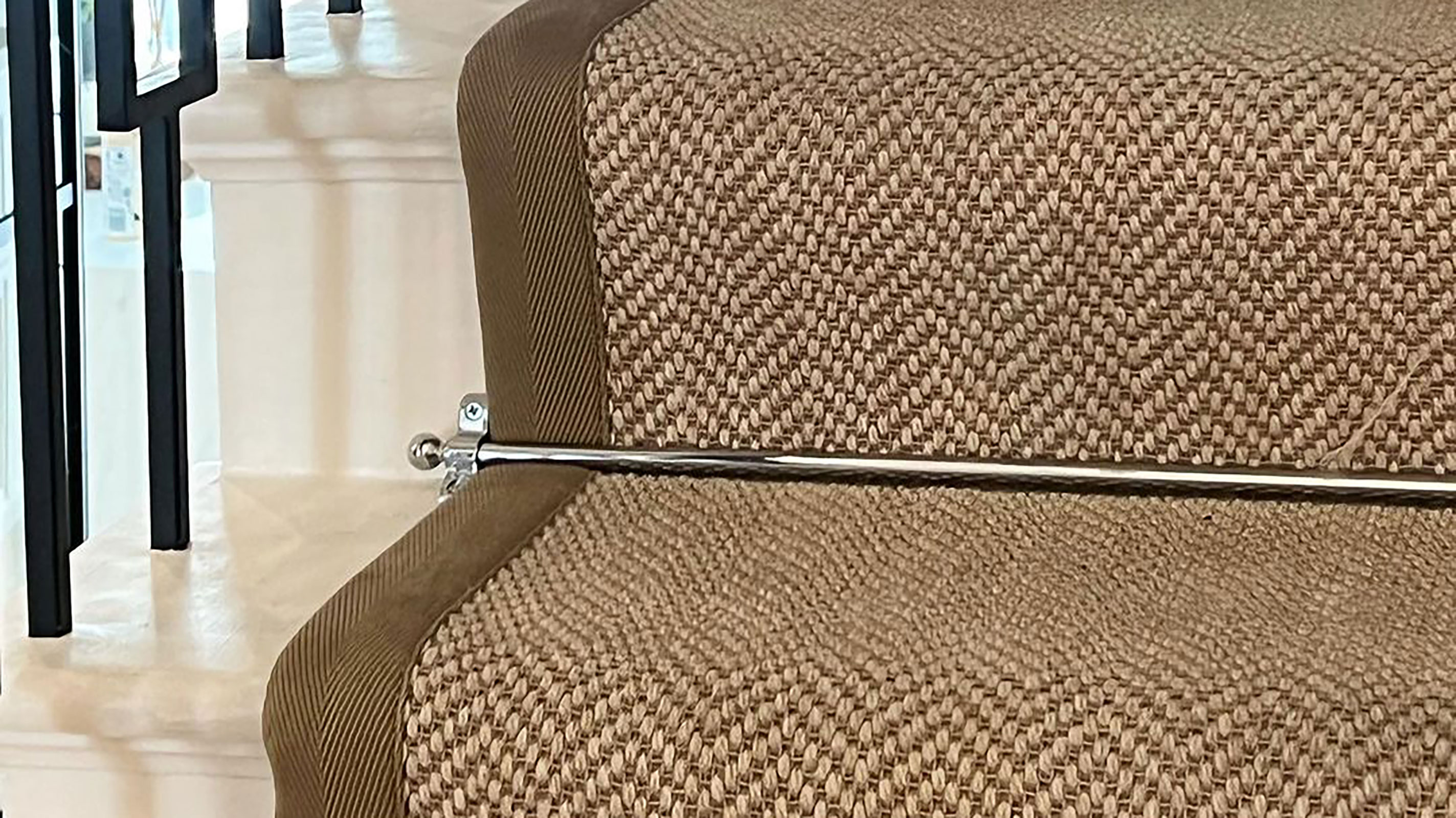
3. Take the manmade route with nylon
Although nylon carpets tend not to be as long-lasting and are lacking something in the way of natural good-looks when compared to wool or wool blend carpets, they do have a lot to offer those after a cost-effective way of covering their stairs.
As well as being one of the cheaper products on the market, nylon carpets are also perfect for those worried about stains. While wool is naturally stain resistant, nylon won't readily absorb stains, meaning they are easy to clean.
In addition, nylon has great 'yarn memory' meaning it will quickly spring back, rather than flattening down over time as people run up and down the stairs.
On the downside, it is prone to static electricity, can lack the softness underfoot of other materials, is less eco-friendly than natural materials and some give off VOCs. That said, carpet manufacturers are now developing much greener options, such as nylon carpets made from recycled products.
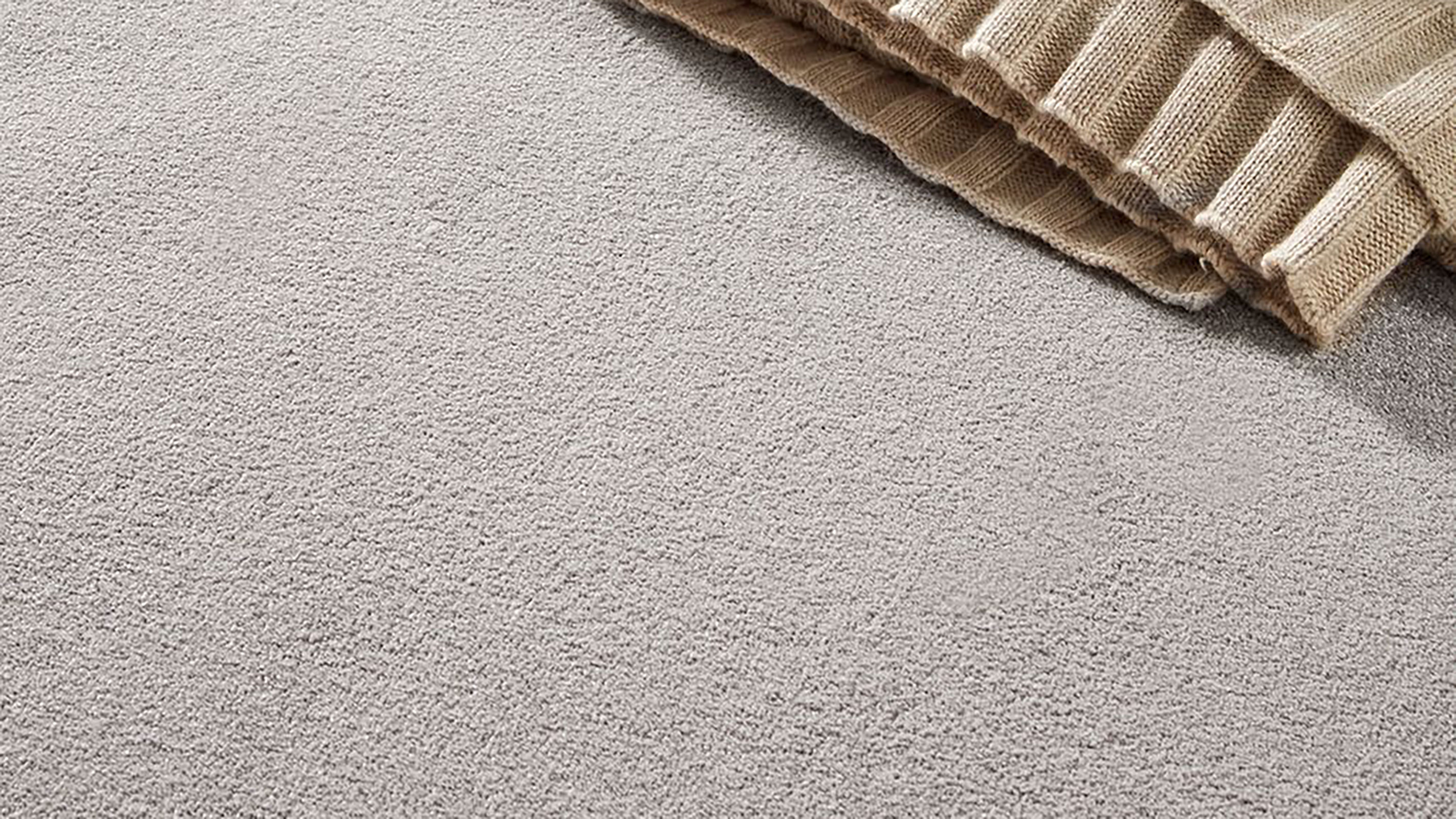
4. Go green with a natural flooring
Many types of natural flooring are also suitable for use on stairs and landings and this is a perfect choice for those keen to avoid the chemicals associated with many synthetic offerings, as well as opting for something more eco-friendly.
These types of flooring also hold many other benefits when it comes to stairs. The most common types of natural flooring (wool aside) are sisal, jute, coir and seagrass — and sometimes these are blended with other materials too.
"Sisal is the most popular natural fibre option for medium domestic carpets because it’s so versatile," says Lorna Haigh. "Super hardwearing, sisal is expertly woven in different strand shades is often has a darker fleck in the carpet. Dark flecks hide a multitude of sins especially tracked dirt in hallways and on stairs, so it is ideal in this high-traffic spaces in the home."
Lorna advises against using seagrass on stairs.
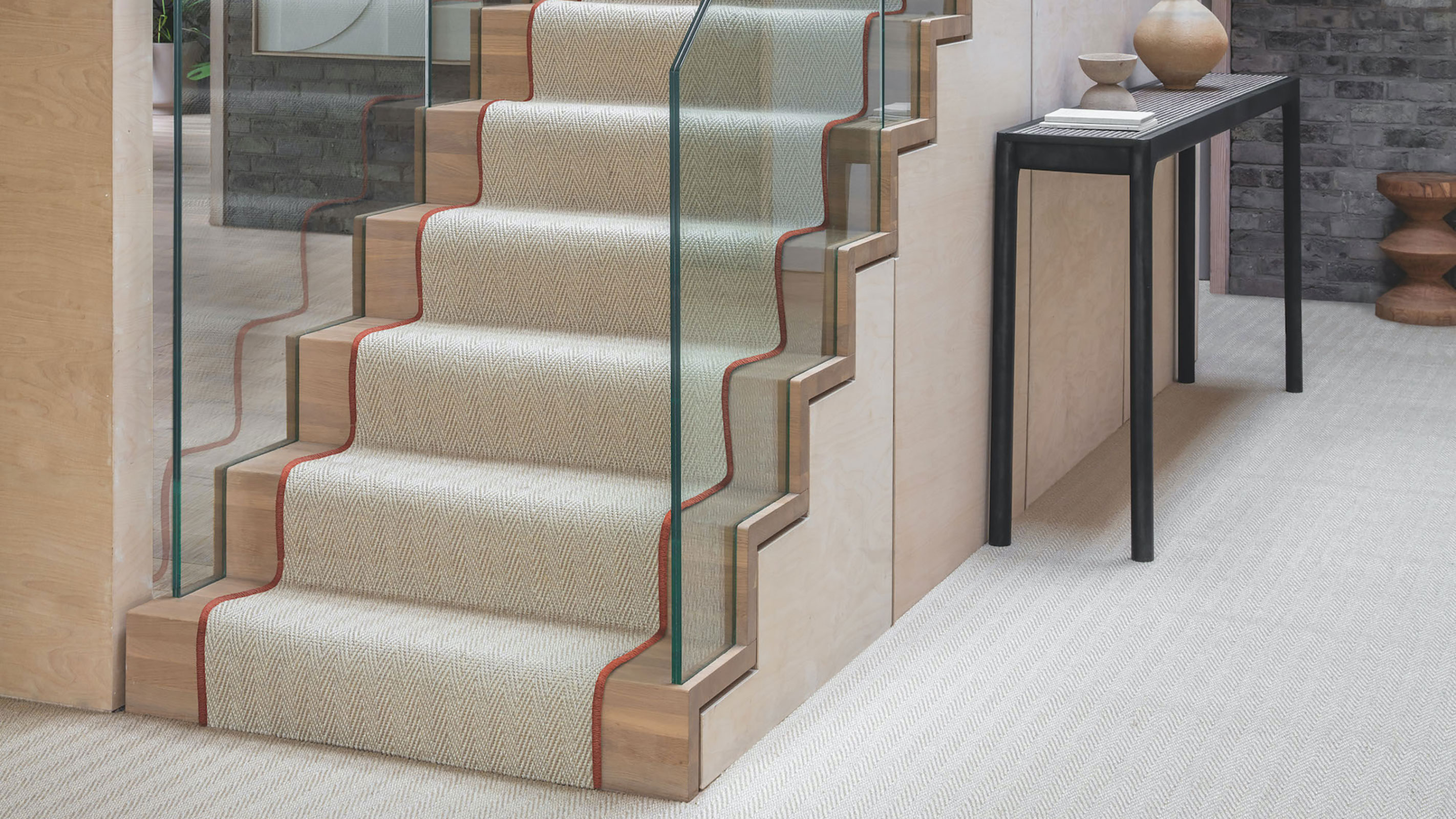
5. 100% polypropylene is durable and easy-to-clean
Polypropylene carpets are another synthetic option — super stain-resistant and able to handle both moisture and sunlight with ease.
"Polypropylene carpet is another great option for the stairs, designed for the modern home, it’s stain-resistant whilst remaining soft to touch," advises Sarah Jenkinson.
Polypropylene is actually the most popular of all the synthetic carpet fibres, thanks to its affordability and the fact that is really practical — most can even be cleaned with bleach-mix cleaning solutions.
The best (and usually a little more pricey) polypropylene carpets are manufactured to feel soft and comfortable underfoot.
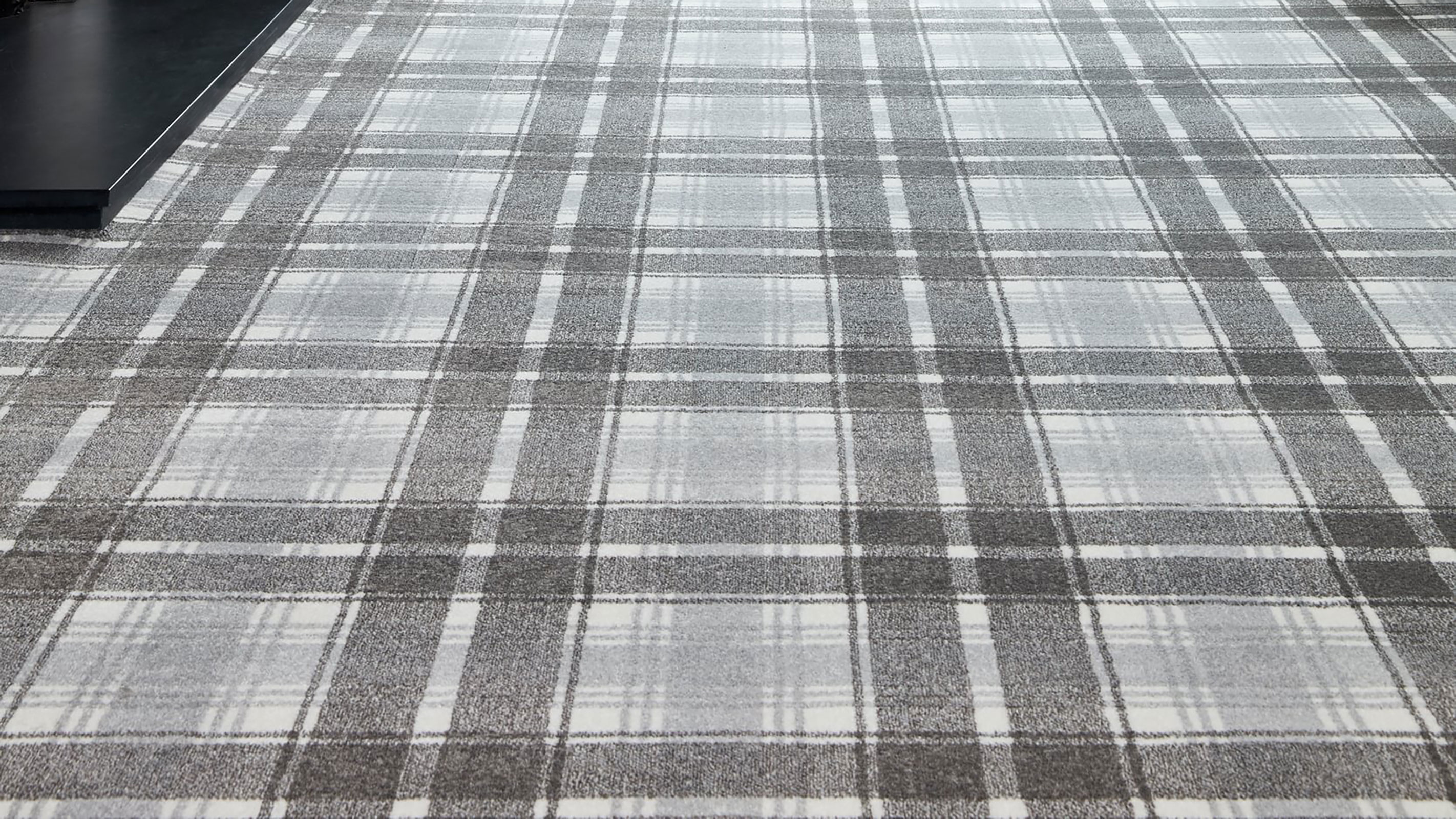
6. Pay attention to pile
When choosing a carpet for stairs, the pile you opt for is just as important as the material and style. The term 'pile' is used to describe the way in which the loops or tufts of fibre are attached to the carpet backing and carpet piles tend to fall into two categories: tufted or woven, although within these groups there are a number of variations.
Woven piles tend to be a little more durable (and expensive) than tufted but hold their shape for longer. If you like the idea of a tufted for the price, opt for a twist pile which is amongst the most hard-wearing.
"Deep pile luxurious wool carpets are indulgent for bedroom carpets and upstairs but may not perform well in an area with heavy foot fall," says Lorna Haigh.
Loop pile carpets are a very durable option for stairs and hallways. "One way to test how well the carpet will wear and tear is to press your thumb firmly into the pile," says experienced homes and interiors journalist Rebecca Foster. "The quicker it springs back and recovers, the more resilient it will be once laid."
While deep tufted carpets and 'velvet' carpets feel luxurious underfoot, they offer little in the way of grip for staircases.
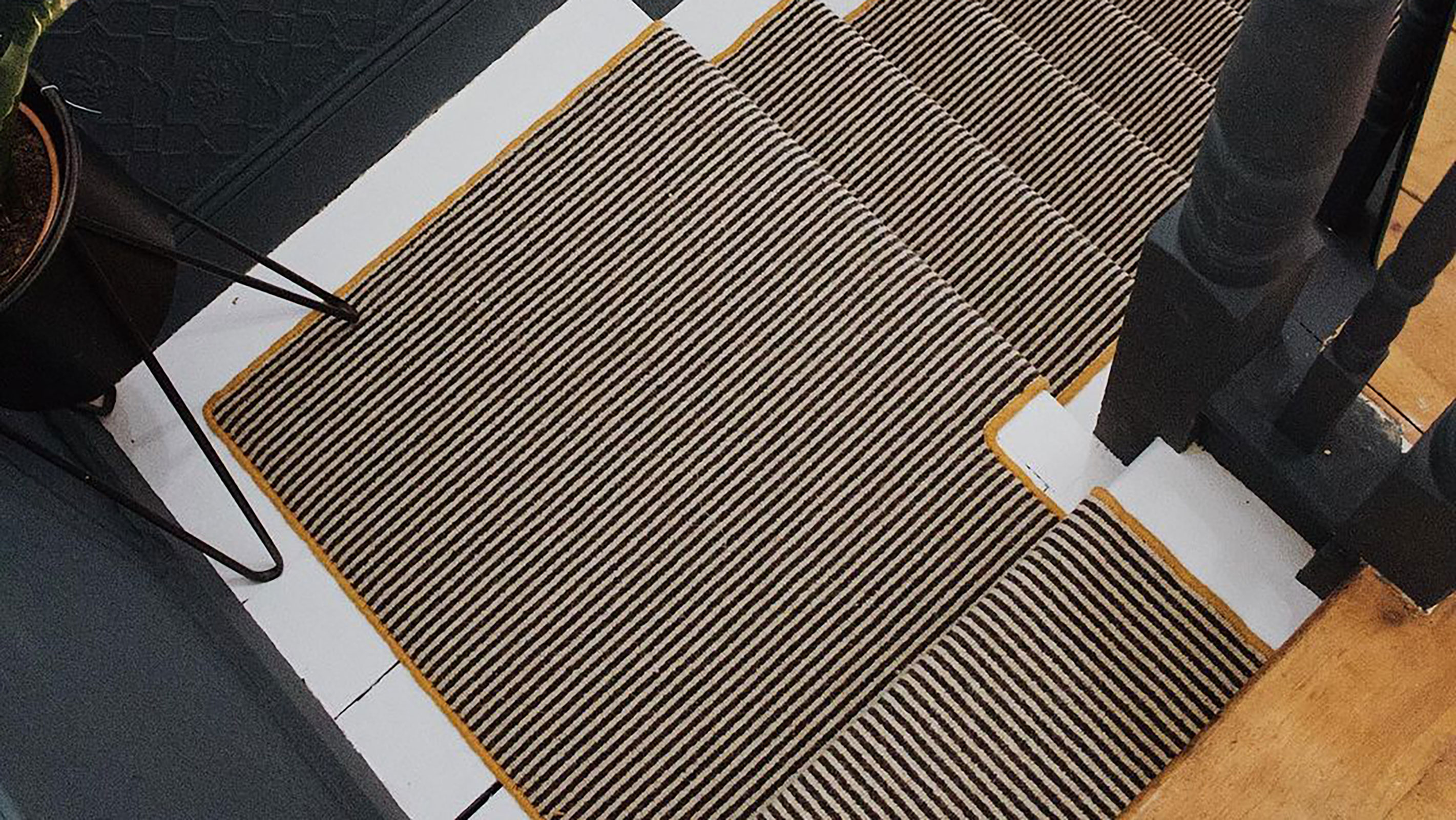
7. Opt for a runner over fully carpeted for easy installation
You will have the choice, when installing stair carpet, to opt for a runner or a fully carpeted option.
Put simply, a stair runner is a strip of carpet that is fitted to the centre of the staircase, leaving the sides exposed. This is quite unlike the fully carpeted option, where the carpet covers every inch of the treads and risers.
The majority of stair runner ideas look very fresh and modern and are usually the preferred option at present when compared to the fully-carpeted look.
While some flooring manufacturers and suppliers offer ready-made runners, others allow you to choose any carpet you like, before cutting it to size and 'whipping' the edges — neatly binding the carpet edges to prevent fraying.
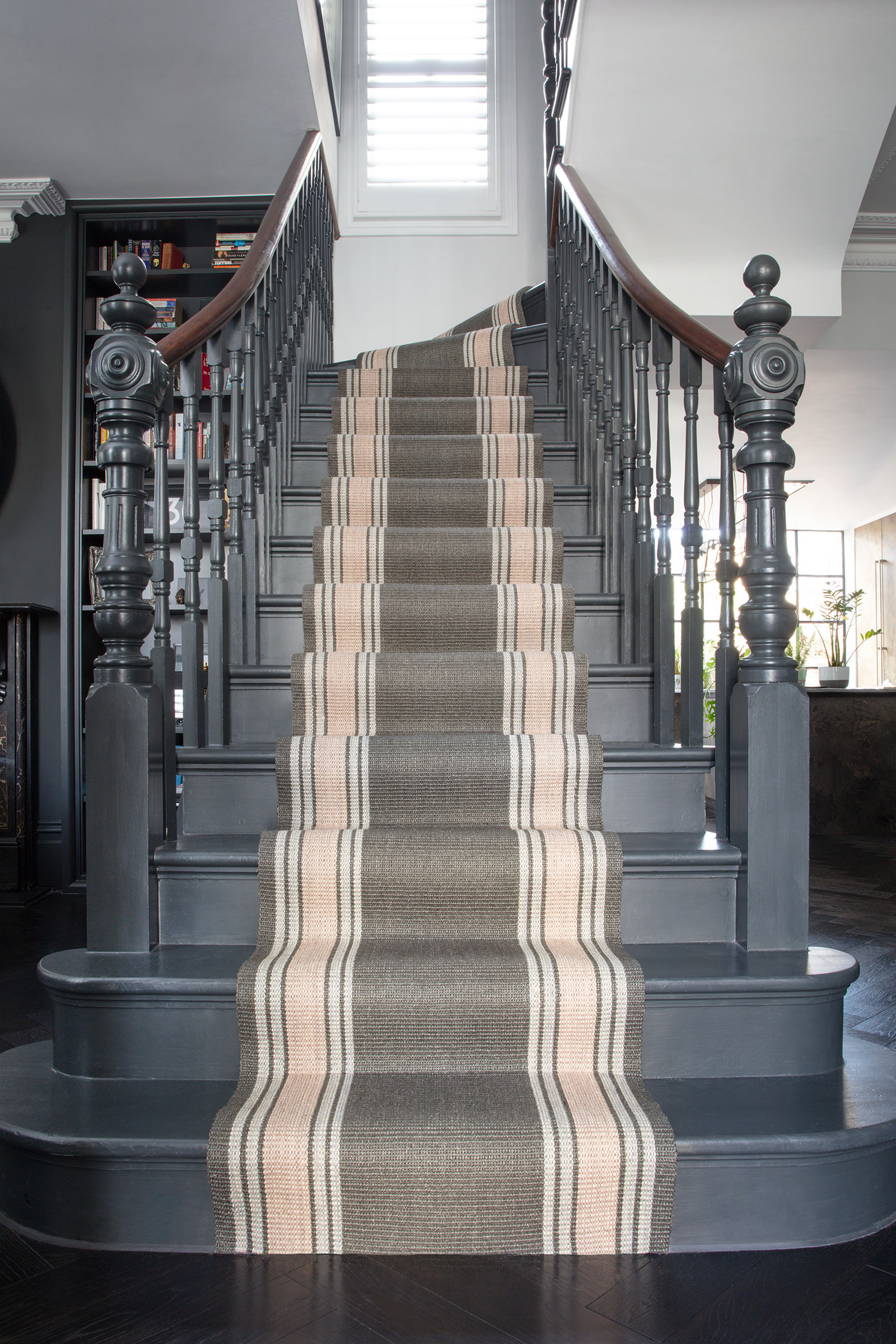
8. Give the details some of your attention
When fitting stair carpet you have the opportunity to really inject some personality and individuality to the space. You can obviously do this through your choice of carpet colour or pattern, but there are certain accessories that can also really elevate your staircase to the next level (no pun intended...)
Stair rods can completely transform the look of your stairs — from period styles to tie in with the era of an older house, to sleek and shiny modern designs. While they are designed to perform a practical function, holding a stair runner neatly in place, they can also add a beautiful finishing touch.
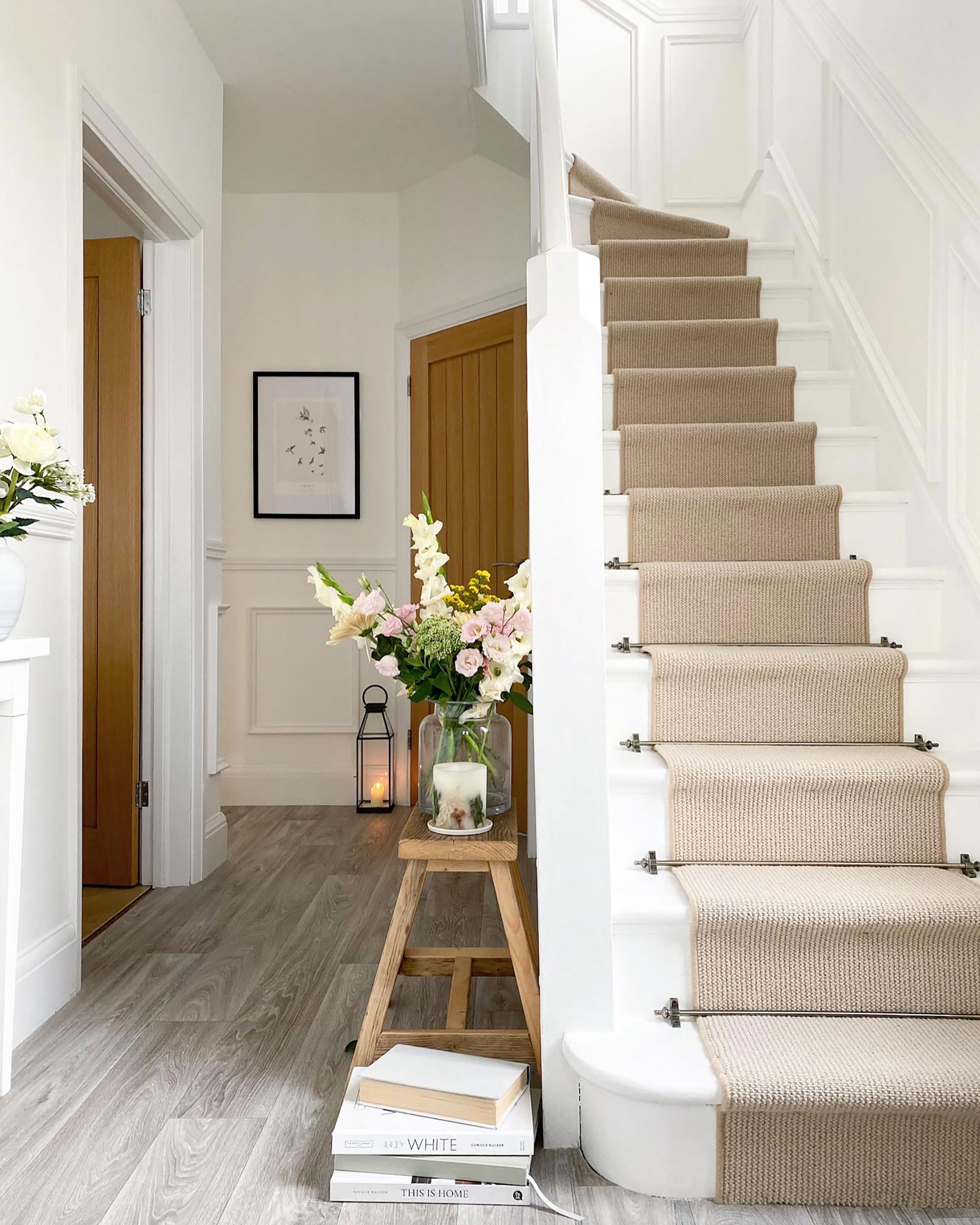
Get the Homebuilding & Renovating Newsletter
Bring your dream home to life with expert advice, how to guides and design inspiration. Sign up for our newsletter and get two free tickets to a Homebuilding & Renovating Show near you.
Natasha was Homebuilding & Renovating’s Associate Content Editor and was a member of the Homebuilding team for over two decades. In her role on Homebuilding & Renovating she imparted her knowledge on a wide range of renovation topics, from window condensation to renovating bathrooms, to removing walls and adding an extension. She continues to write for Homebuilding on these topics, and more. An experienced journalist and renovation expert, she also writes for a number of other homes titles, including Homes & Gardens and Ideal Homes. Over the years Natasha has renovated and carried out a side extension to a Victorian terrace. She is currently living in the rural Edwardian cottage she renovated and extended on a largely DIY basis, living on site for the duration of the project.

